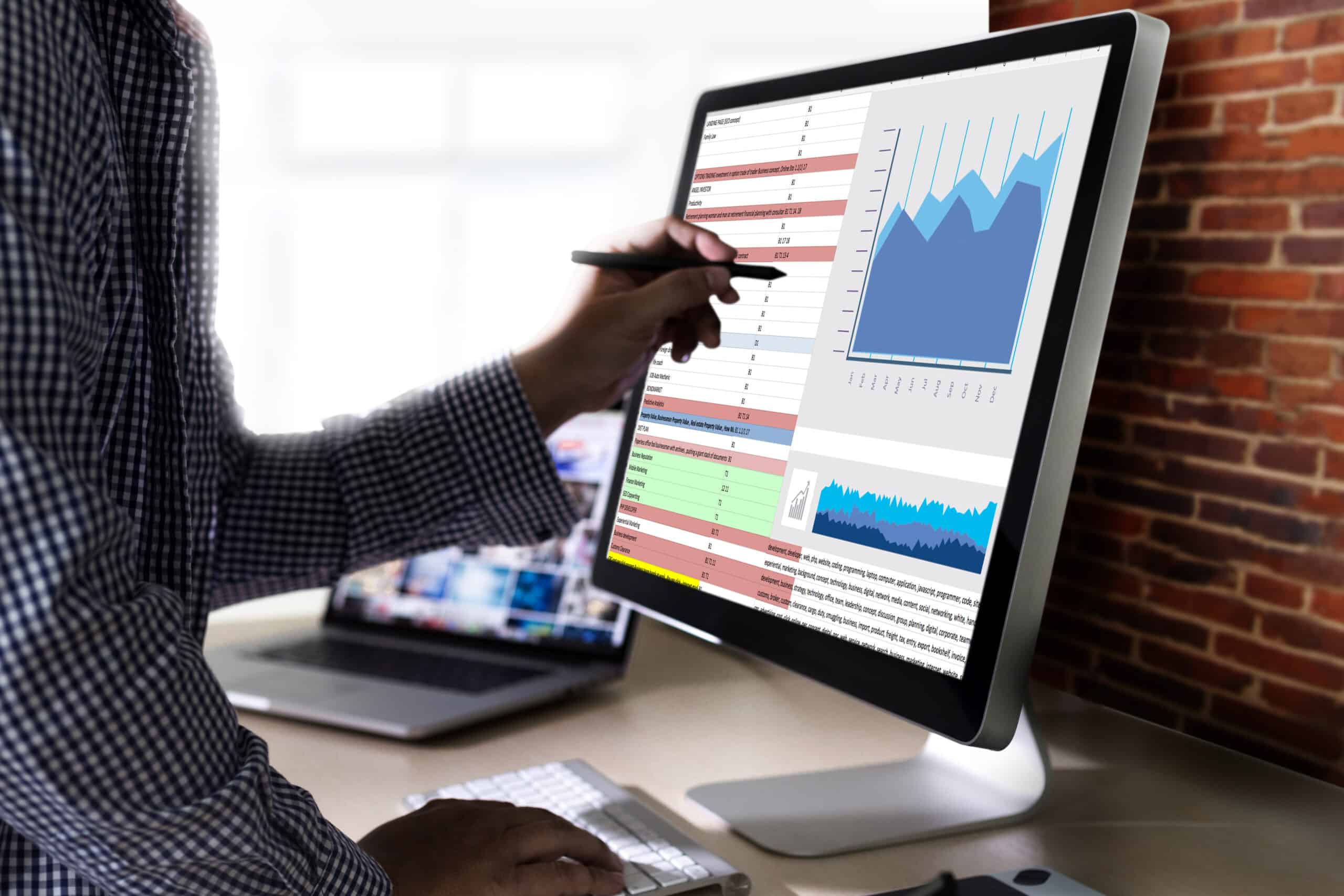Tag: ANOVA

Tukey’s (1-way ANOVA): See the Difference in Your Data Sets
Published:ANOVA will tell you whether there is a statistically significant difference in the population means of three or more groups of data. But which means are different? Tukey’s will tell you that. Analysis of Variance (ANOVA) is used to determine whether the population means of several sample data sets are statistically different or not. If […]
Read more »
How To Compare Data Sets With ANOVA
Published:In 1920, Sir Ronald A. Fisher invented a statistical way to compare data sets. Fisher called his method the analysis of variance, which was later dubbed an ANOVA. This method eventually evolved into Six Sigma data set comparisons. The F ratio is the probability information produced by an ANOVA. It was named for […]
Read more »
What is the Bartlett Test and How is it Used in Statistical Analysis
Published:The Bartlett Test is named after the English statistician, Maurice Stevenson Bartlett. The test is also known as the Bartlett’s test for homogeneity of variances. It is most used in doing a 1-way Analysis of Variance (ANOVA). ANOVA is used to determine whether there is any statistical difference between the means of three […]
Read more »
The Importance of Fisher’s (1-way ANOVA) in Statistical Analysis
Published:Fisher’s 1-way ANOVA is a classic analysis of variance utilized in statistics to determine if there are statistical differences between the means of two or more unrelated groups.
Read more »
Understanding the Basics of ANOVA and Dunnett’s 1-way ANOVA
Updated:When testing whether the means of more than 2 groups are statistically different, you could use a one-way ANOVA. But if you have multiple treatment groups, you can use Dunnett’s one-way ANOVA. ANOVA stands for Analysis of Variance. It is a statistical method used to compare the means of two or more groups of data. […]
Read more »
Dealing with Non-normal Data: Strategies and Tools
Updated:What is non-normal data? Normally distributed data is a commonly misunderstood concept in Six Sigma. Some people believe all data collected and used for analysis must be distributed normally. But normal distribution does not happen as often as people think, and it is not a main objective. Normal distribution is a means to an end, […]
Read more »
Using the R-Squared Statistic in ANOVA and General Linear Models
Published:“All models are wrong but some are useful.” – George Box The statistic R2 is useful for interpreting the results of certain statistical analyses; it represents the percentage of variation in a response variable that is explained by its relationship with one or more predictor variables. Common Use of R2 When looking at a simple […]
Read more »
Assessing Forecast Accuracy: Be Prepared, Rain or Shine
Published:Just as people follow weather predictions to know if they should carry an umbrella, organizations use forecasting to predict and prepare for future events. Across industries, companies attempt to determine what will happen – they forecast for product or raw material prices, market demand, exchange rates, and numerous other key metrics. Based on these forecasts, […]
Read more »
Coronary Artery Bypass Grafts: Six Sigma Breakthrough
Published:Six Sigma, 6s, is nothing more, and nothing less, than the use of science to solve problems. Scientific evidence that a breakthrough medical solution is genuine is statistical evidence. Though altruism and evidence influence medical treatments, economic pressure drives improvement. Multi-million dollar savings created by “beating heart” or “off-pump” coronary artery bypass outcomes are a […]
Read more »
Help for Practitioners Trying to Understand ANOVA Table
Published:The analysis of variance (ANOVA) procedure is conducted during the Analyze phase of a Six Sigma project. Assessing results from an ANOVA table can present a challenge making it difficult to understand precisely what conclusions to draw. However, there is an easy way for Master Black Belts to explain to their charges the ANOVA procedure. […]
Read more »
Using ANOVA to Find Differences in Population Means
Published:Three methods used to dissolve a powder in water are compared by the time (in minutes) it takes until the powder is fully dissolved. The results are summarized in the following table: It is thought that the population means of the three methods m1, m2 and m3 are not all equal (i.e., at least one m […]
Read more »
Analyzing Experiments with Ordered Categorical Data
Published:Six Sigma projects in various industries often deal with experiments whose outcomes are not continuous variable data, but ordered categorical data. Analysis of variables (ANOVA) is a technique used to analyze continuous experimental data, but is not adequate for analyzing categorical experimental outcomes. Fortunately, many other methods have been developed to deal with categorical experiments, […]
Read more »
When Does a Difference Matter? Using ANOVA to Tell
Published:Much of the Six Sigma DMAIC methodology is concerned with finding differences: Do people do a certain job the same way or are there differences? Will a particular change make a difference in the output? Are there differences in where and when a problem occurs? In most cases, the answer to all these questions is […]
Read more »